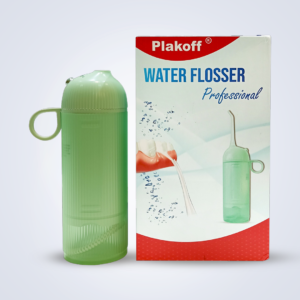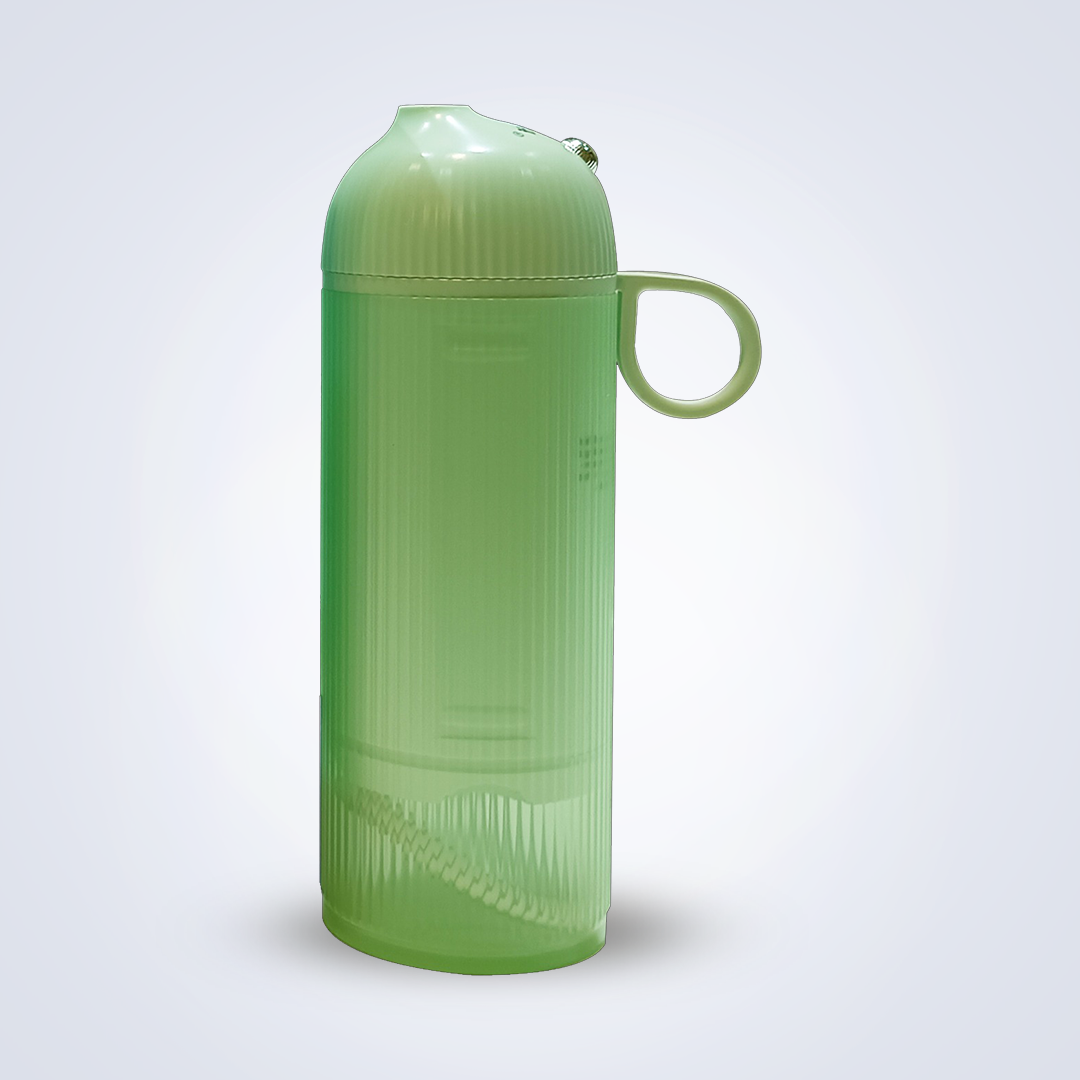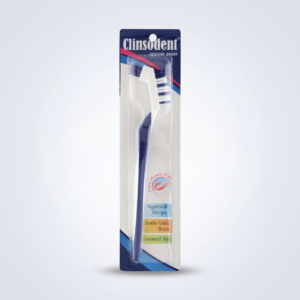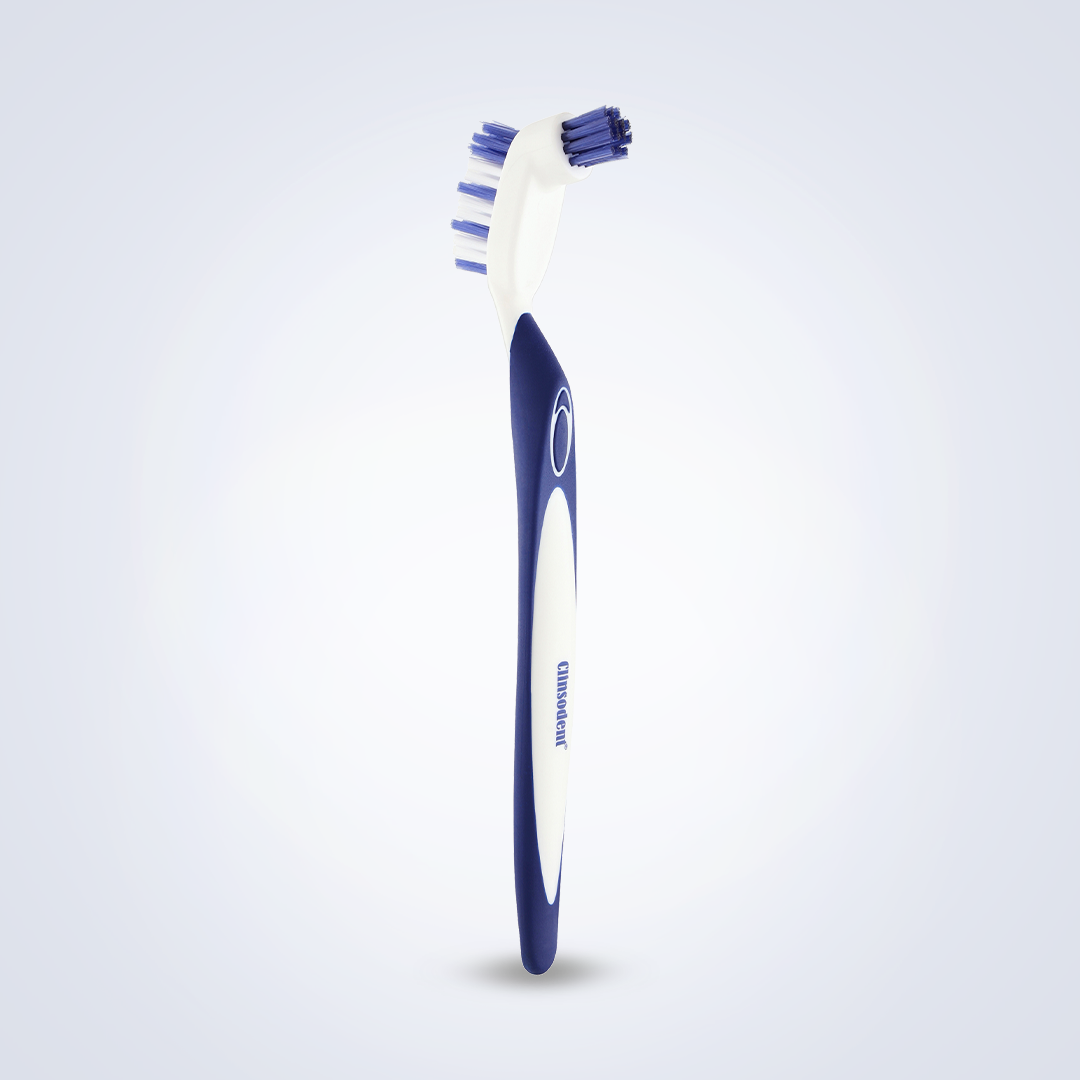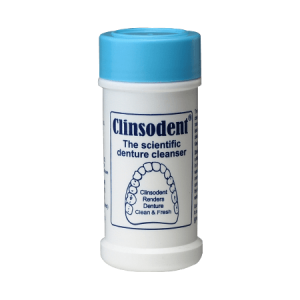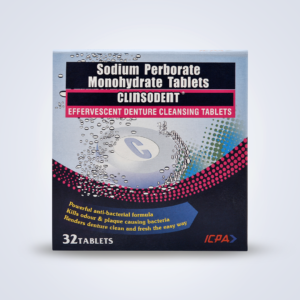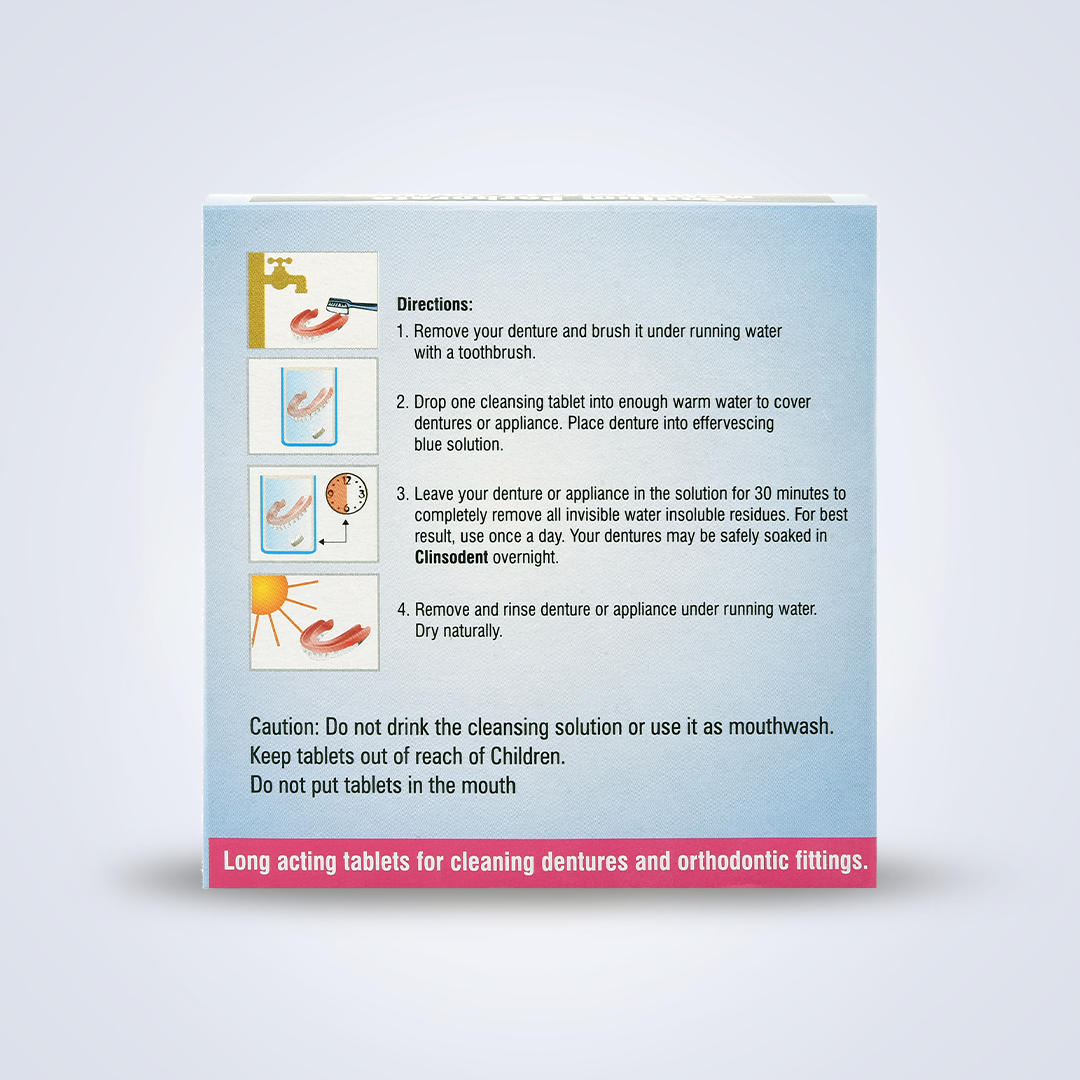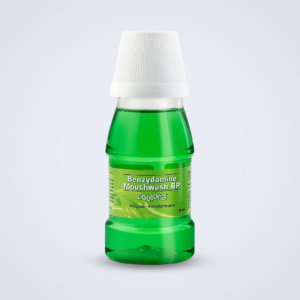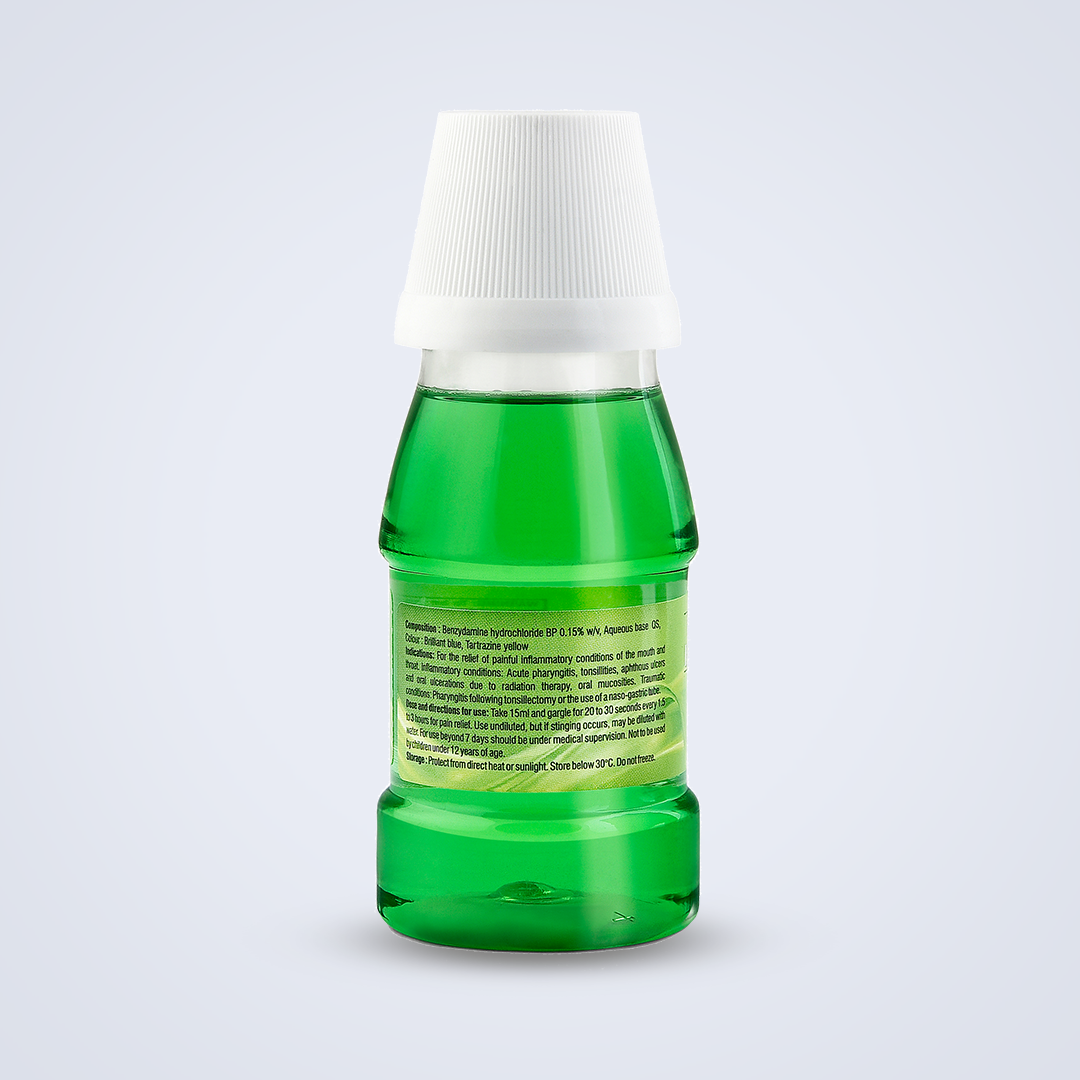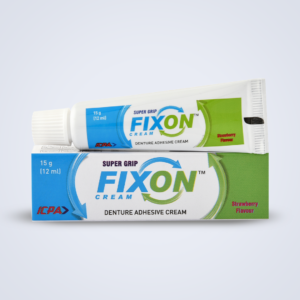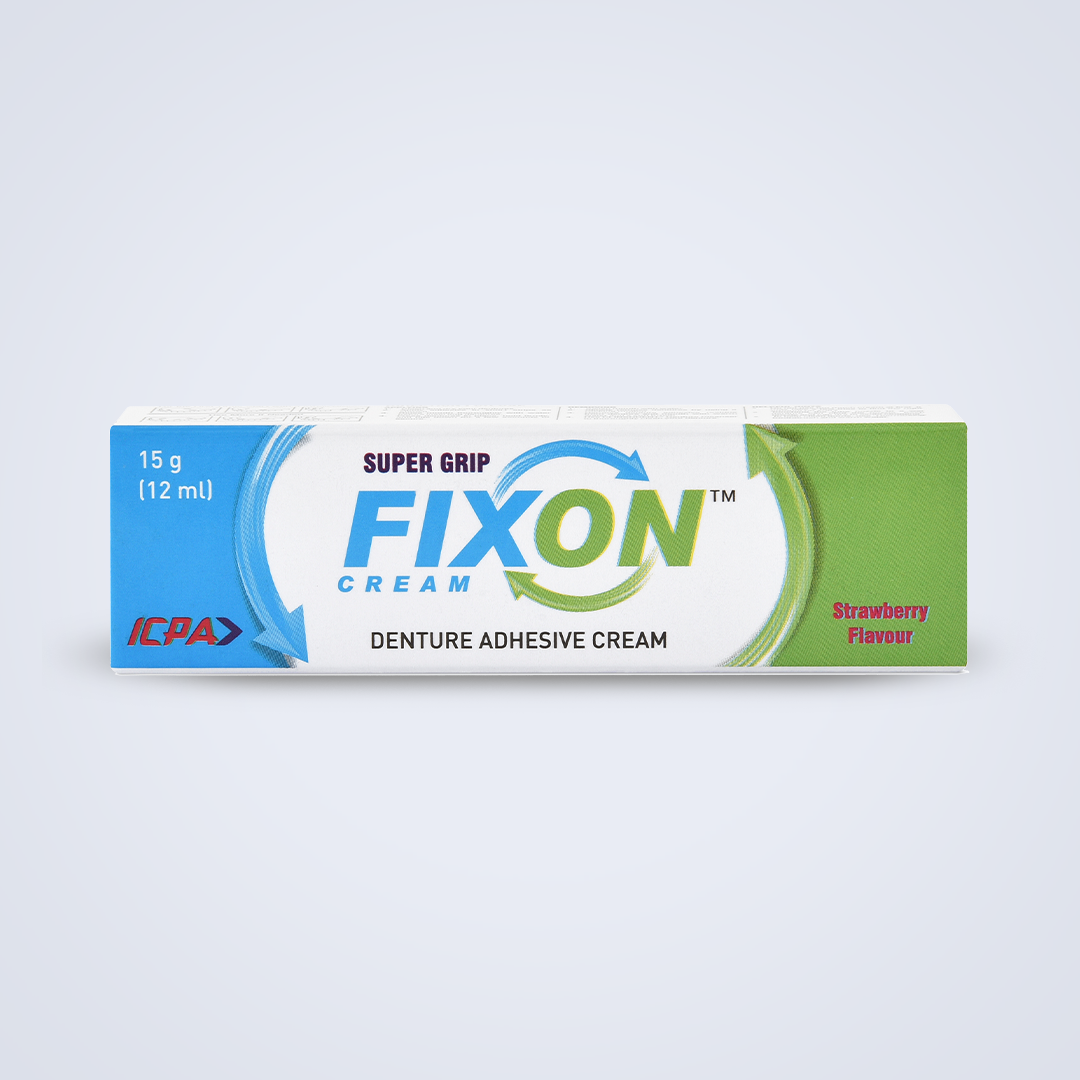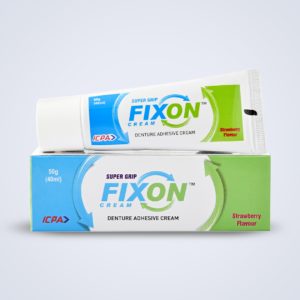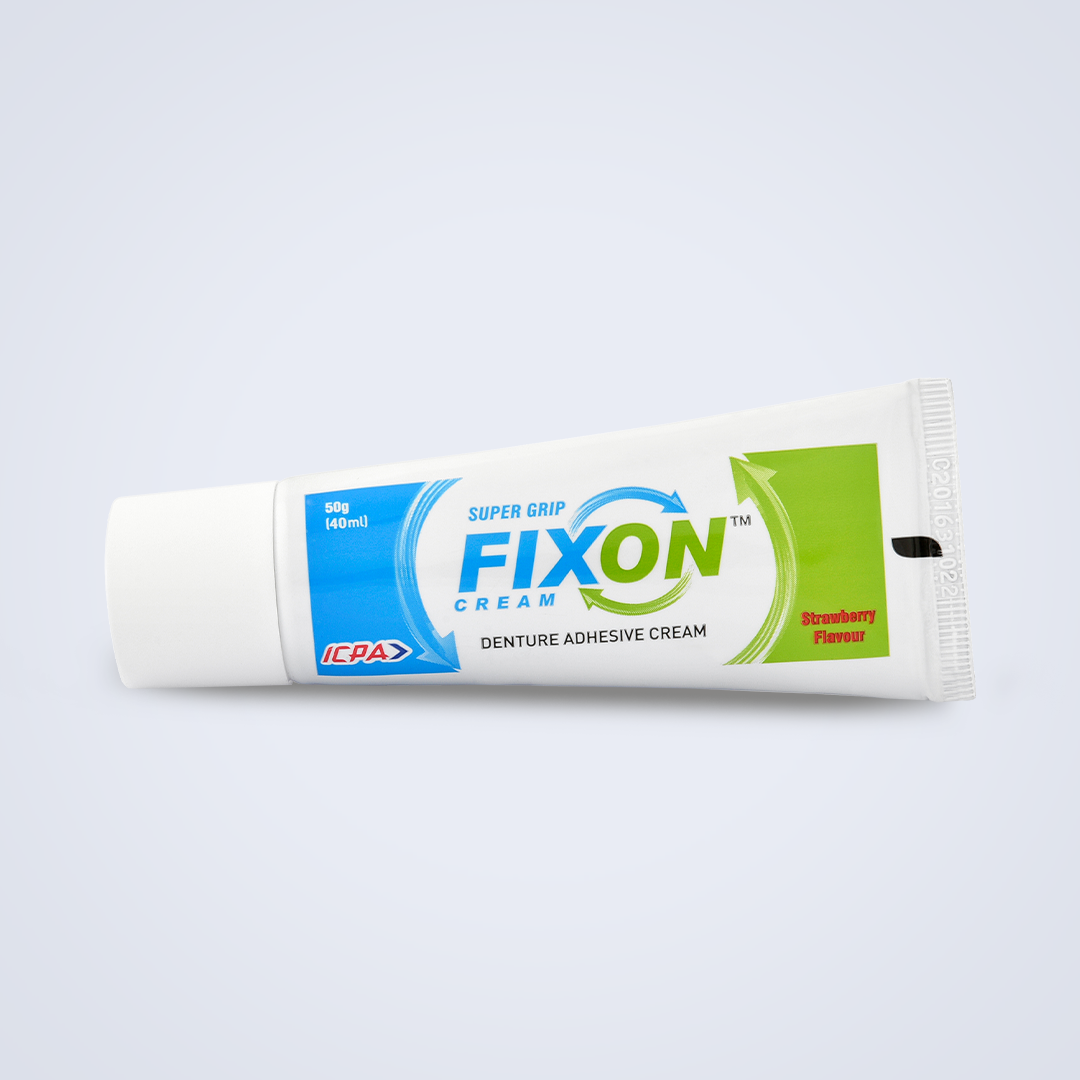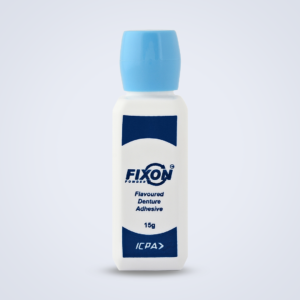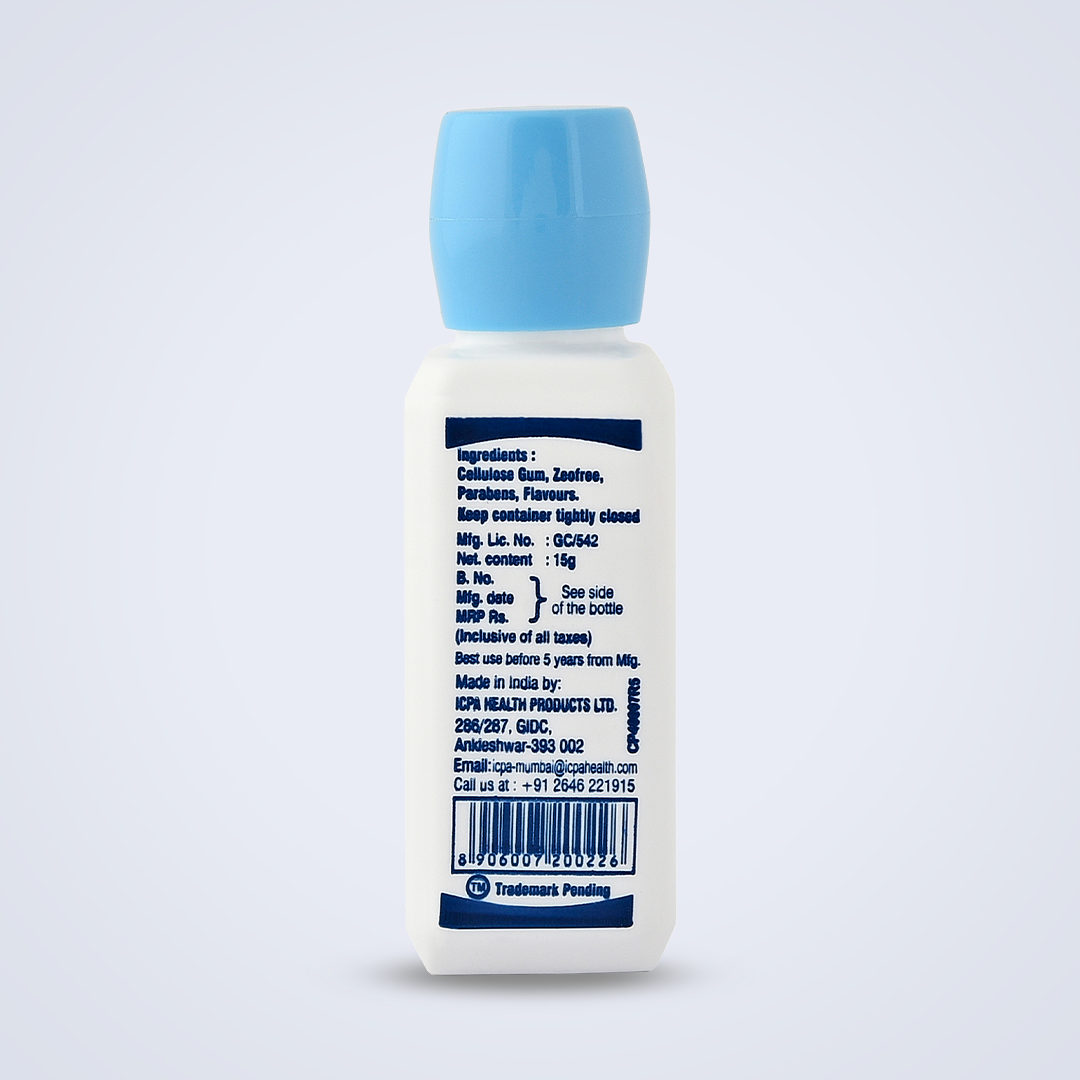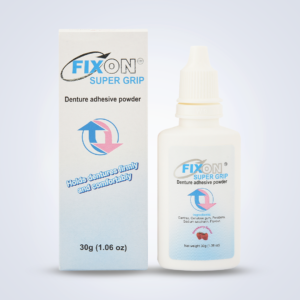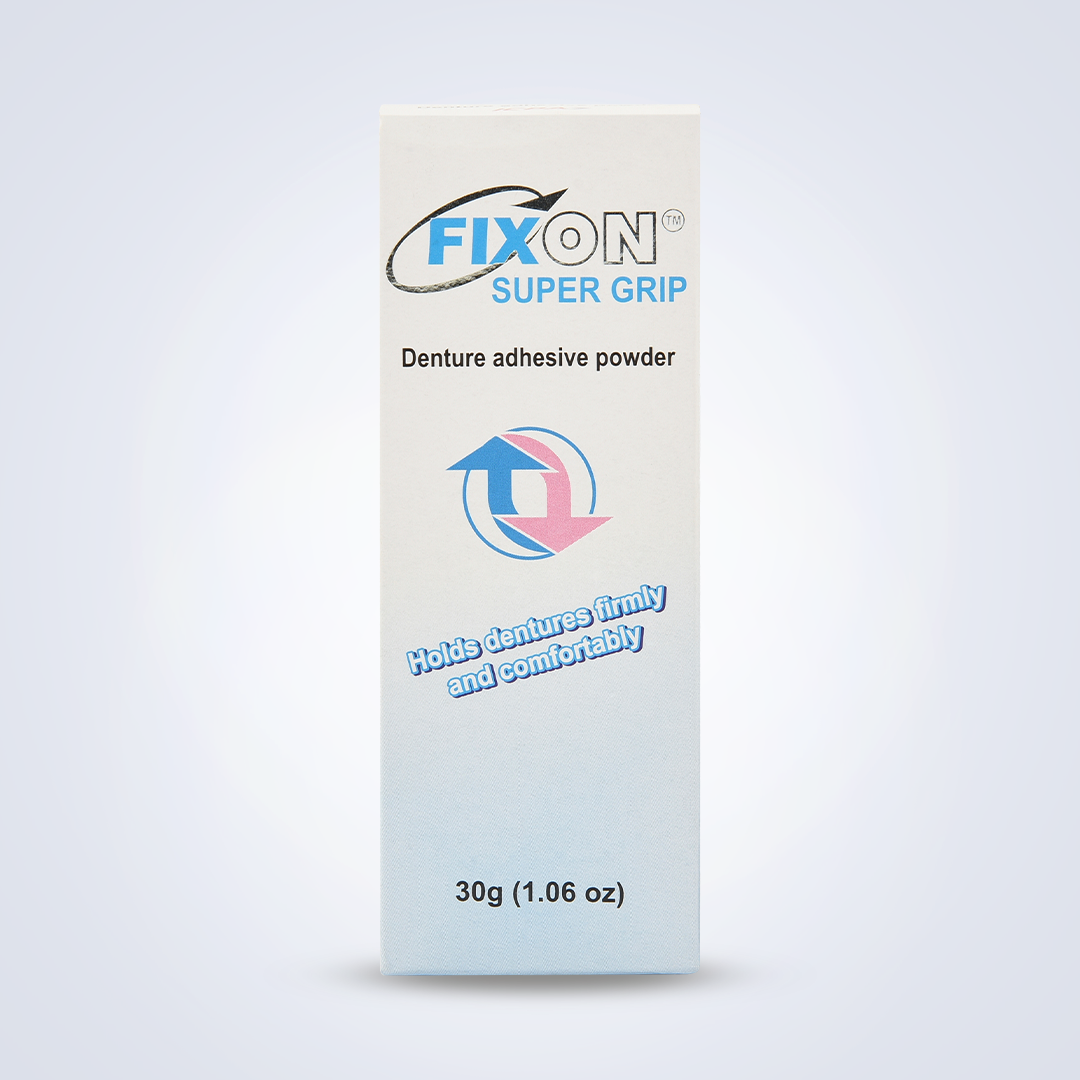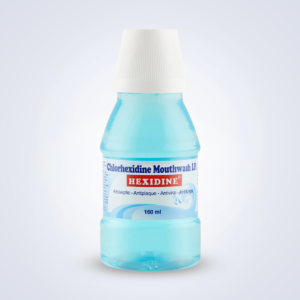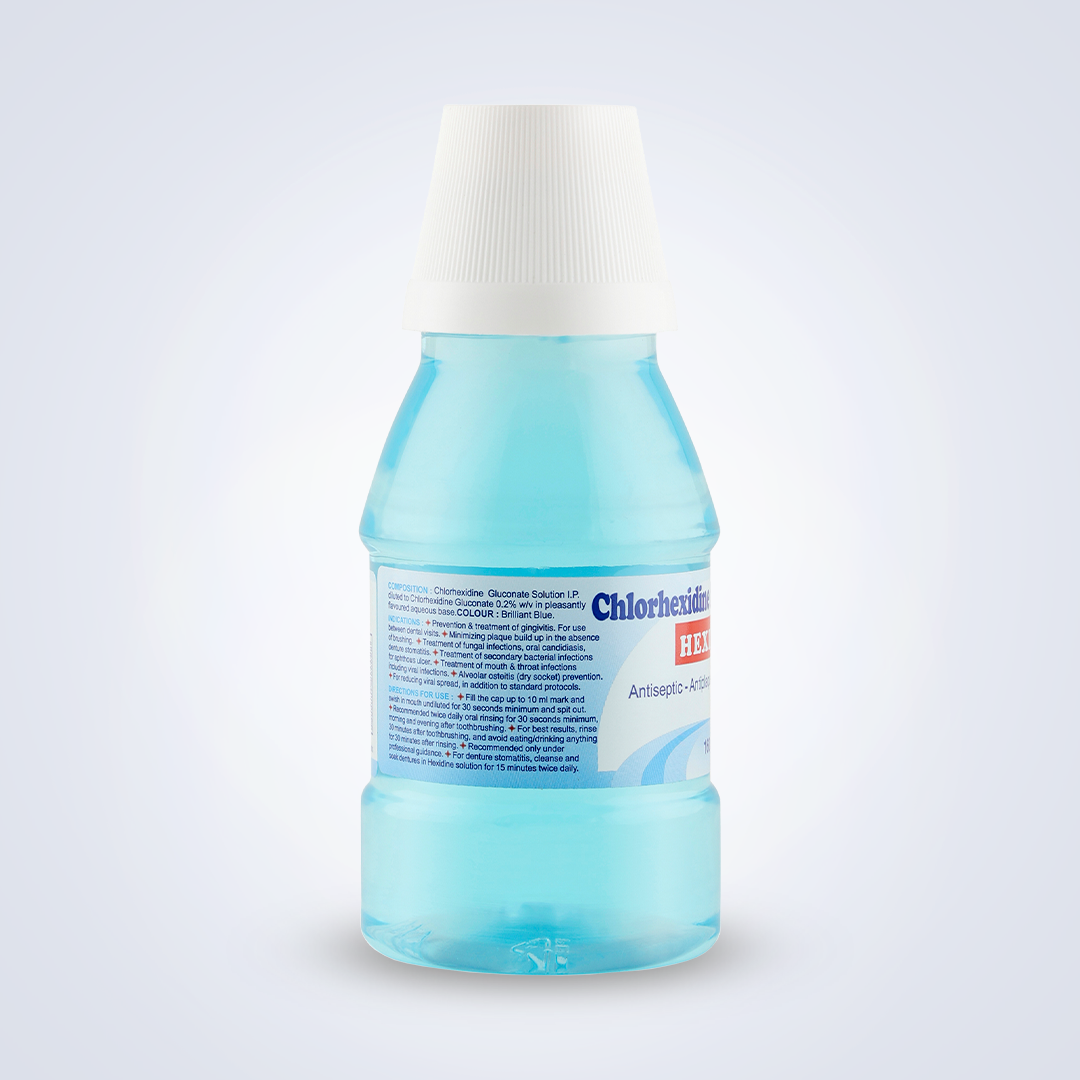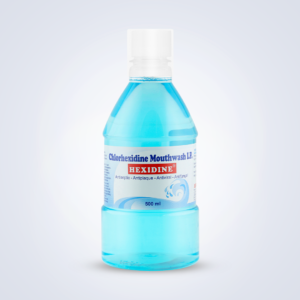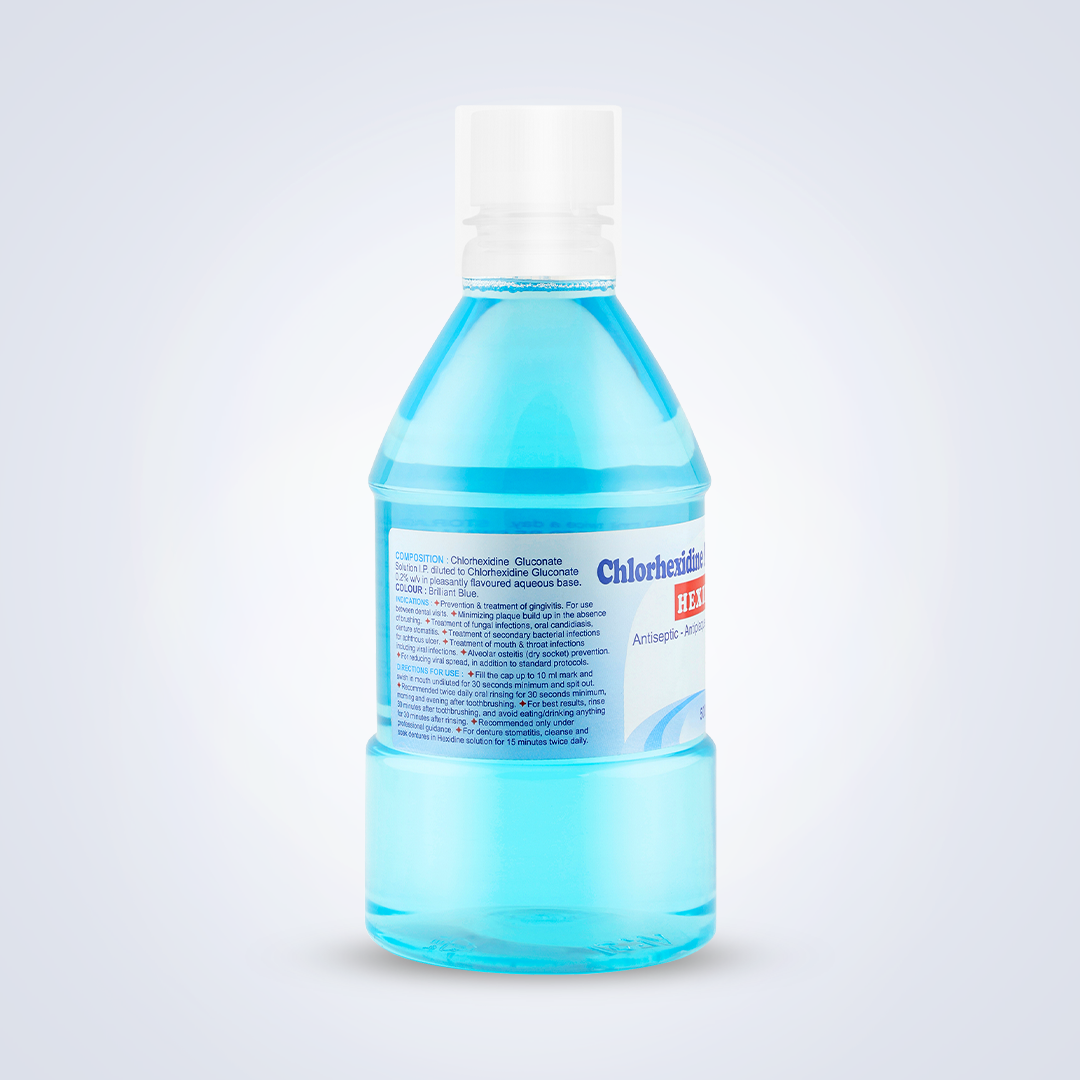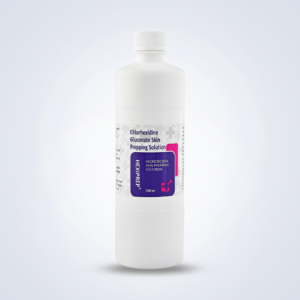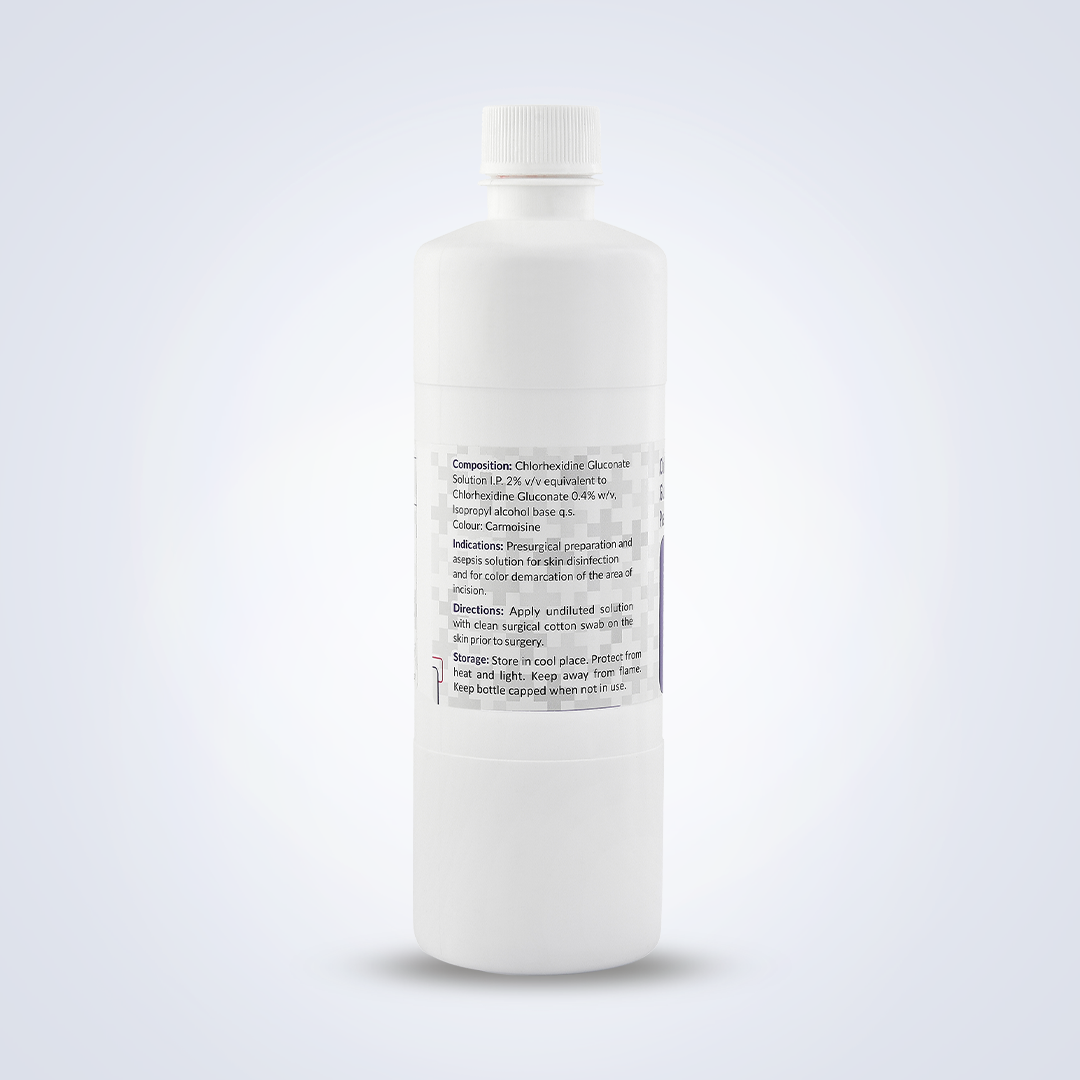Dental Products
Dental Products
Showing 1–12 of 35 results
-
Plakoff Water Flosser
Read More Quick ViewWater flossing is a way to clean between and around teeth using a handheld device called the water flosser that sprays streams of water in steady pulses. A water flosser is a device also known as an oral irrigator or dental water jet. The water spray, like traditional floss, removes accumulated food particles and the bacterial plaque formed between teeth. This becomes even more critical in people who have had dental work done, such as crowns, bridges, fillings, braces etc —that makes traditional flossing difficult.
Why do people need additional cleaning in the interproximal spaces between the teeth ?
The interdental areas, especially the posterior, are the least accessible to toothbrushes, which leads to accumulation of soft and/ or hard deposits in the space between teeth in almost all patients. For the same reason, periodontal and gingival lesions are predominantly observed at these sites. Since interproximal areas are also frequently affected by caries, interproximal cleaning represents a critical component of oral self-care.
Hence, patients should devote additional time and go beyond regular toothbrushing, and clean the interdental areas.
Does flossing, as prescribed by the dentists, really help?
Problems with flossing:
Although flossing has received the most attention, the difficulty associated with flossing makes this technique less than universal in its application.
- Studies that have compared flossing with toothbrushing have found that their combined use produces no clear benefit.
- Self-flossing has no effect on reducing caries risk.
- Self-performed dental flossing may not be effective in reducing bacterial plaque and gingival inflammation.
- Also, the improper use of dental floss may result in lacerations of the interdental papilla.
- An inability to floss correctly may further reduce motivation.
- Historically, compliance with regular flossing has been far less than ideal. The probability of consistent use of dental floss has been shown to be dramatically low.
- Research has shown a range of daily use among adults ranging from 10% to as high as 30% due to lack of patient ability and lack of motivation.
Water-flossers: Many patients find it easier to use water flossers compared to mechanical interdental aids.
- Compared to toothbrushes and mouth rinses, water-flossers can remove nonadherent bacteria and debris from the oral cavity more effectively.
- Water-flossers are most effective in debriding the inaccessible areas around orthodontic appliances and fixed prostheses.
- Water-flossers, when used as adjuncts to toothbrushing, can exert a beneficial effect on the periodontal health by reducing the microbial plaque biofilm accumulation as well as calculus build up.
- Clinically, supragingival irrigation with water flossers reduces gingival inflammation and pocket depth.
- Water-flossing is not a monotherapy but an adjunct designed to supplement or enhance other mechanical plaque removal home care methods, such as brushing and flossing.
Special use case:
Daily supragingival irrigation with dilute chlorhexidine for 6 months reduced gingival inflammation and bleeding much more significantly compared to plain water irrigation and chlorhexidine rinse.
Indications
Water-flosser can be recommended as an adjunct to regular toothbrushing for
- Patients who lack motivation
- Patients who lack manual dexterity
- Patients wearing orthodontic braces
- Individuals who present with closed type 1 embrasures
- People who have implants Plakoff Water Flosser 3
- People who have overdentures
American Academy of Periodontology (2001)
“Among individuals who do not perform excellent oral hygiene, supragingival irrigation with or without medicaments is capable of reducing gingival inflammation beyond that nor‐ mally achieved by toothbrushing alone. This effect is likely due to the flushing out of subgingival bacteria”.
Plakoff Water flosser:
No.
Parameters
Plakoff Dental Flosser
1
Item Dimensions LxWxH
54 x 48 x 154mm (not including the nozzle height)
2
Weight
237 Grams
3
Pack Includes
Main unit, 2 nozzle tips, USB cable
4
Cleaning modes
3: Soft, Standard, Pulse
5
Auto timer
2 Minutes
6
Nozzle
Rotary nozzle: The tip rotates so you can easily position the tip to reach all areas of the mouth.
7
Water tank size (volume)
160 ml
8
Portable?
Yes
9
Weight
237 Grams
10
Adjustable water pressure
60 – 120 psi
11
Pulsation frequency
1200 Pulses/min
12
Source
Battery powered
13
Battery
1800 mAh
14
Power consumption
9W
15
Rechargeable?
Yes
16
With Cord/
Cordless?Cordless
17
Waterproof?
Yes
18
Nozzles
Replaceable
-
Clinsodent Brush
Read More Quick ViewHygienically designed – No seams where dirt can get trapped.
2 types of nylon bristles designed to clean all surfaces and grooves.
Contoured design – Maximises control of brushing.
Ambidexterity – Works in right or left hand. -
Clinsodent Powder 60gm
Read More Quick ViewComposition:
Active ingredients:
Potassium persulphate, Sodium perborateInactive ingredients:
Sodium carbonate, Sodium sulphate, Trisodium phosphate, Sulphamic acid, Tetra Potassium Pyro Phosphate, EDTA, Sodium Lauryl Sulphate, Peppermint powder etc.Purpose of individual ingredients:
The peroxygen compounds:
The per oxygen compounds like potassium persulfate, sodium perborate monohydrate and sodium carbonate peroxyhydrate are those which yield active oxygen on admixture with water.Alkalinity imparter:
Particularly suitable materials to provide the alkalinity of the composition are trisodium phosphate (a compound which in dilute aqueous solution, e.g. at 0.1-1% concentration, has a pH of 11.5-11.9)or sodium carbonate (whose dilute aqueous solutions have a pH which is generally above 11)Sequestering agents:
Sequestering agents are added to maintain clarity and to promote calculus removal. Preferred sequestering agents include ethylene diamine tetraacetic acid (“EDTA”). The EDTA may be present in amounts of above 1% to 25% by weight of the composition, preferably about 17% to about 23% by weight of the composition, and most preferably about 19% to 21% by weight of the composition. EDTA also plays a role as an anti-bacterial component.Surfactant:
The Clinsodent powder also contains anionic surfactant, having a long hydrophobic alkyl chain (e.g. of about 8-20 carbon atoms) attached to a hydrophilic ionic portion such as sulphate or sultanate radical (e.g., sodium laurel sulcate) in amount sufficient to promote foaming.Dilute Acid:
Dilute acids like Sulphamic acids are used for better cleansing action.Plaque remover:
Tetra Potassium Pyro Phosphate plays a key role in removal of plaque.Enzymatic action:
Clinosdent contains Everlase as a protelytic enzyme. The enzyme functions through the digestion of the human mucoprotein component of deposits.Direction of use:
Take a teaspoonful of Clinsodent in a suitable container, filled with water, leave the denture overnight. Rinse and brush the denture with sufficient water before use.NOT TO BE TAKEN INTERNALLY
Storage:
Keep in a cool and dry place. Keep the cap tightly closed.Presentation:
HDPE Bottle of 60 gms. -
Clinsodent Tablet
Read More Quick ViewComposition:
Each uncoated tablet contains Sodium perborate monohydrate 480mg.
Mode of action:
Specially formulated to clean all water insoluble residues from dentures that other cleansers may not remove. Clinsodents powerful antibacterial formula kills germs that causes odor and plaque. The baking soda and peroxide formula fight germs and whiten denture while refreshing dentures.
Direction for use:
- Drop one CLINSODENT denture cleansing tablet into enough warm water to cover denture or appliance.
- Place denture into effervescing blue solution.
- Leave your denture or appliance in the solution for 30 minutes to completely remove all invisible water insoluble residues.
- For best results, use once a day. Your denture may be safely soaked in CLINSODENT overnight.
- Remove and rinse denture or appliance under running water. Dry naturally.
Caution:
- Do not drink the cleansing solution or use it as mouthwash.
- Keep tablets out of reach of children.
- Do not put tablet in the mouth.
Presentation:
Each box contains 8 strips of 4 tablet. Total tablets 32 in a box.
Indications for Clinsodent brush, powder, and tablets
1. Denture hygiene and care
2. Orthodontic aligner hygiene and care
3. Occlusal splint hygiene and care -
Coolora 100ml
Read More Quick ViewComposition:
Benzydamine hydrochloride BP 0.15 %w/v with Brilliant Blue and Tartarazine Yellow color in Aqueous base
Understanding Benzydamine hydrochloride:
Benzydamine hydrochloride is an anti-inflammatory, analgesic with anaesthetic action that can provide instant relief from a variety of painful inflammatory conditions of the oropharyngeal region when used as a rinse/ gargle.
Benzydamine shows some properties that are common with other nonsteroidal antiinflammatory drugs (NSAIDs) but also displays properties which are different from other NSAIDs.
Ref: Segre G, Hammarström S. Aspects of the mechanisms of action of benzydamine.
Int J Tissue React. 1985;7(3):187-93. PMID: 4044146.
Link: https://pubmed.ncbi.nlm.nih.gov/4044146/
Benzydamine inhibits prostaglandin and thromboxane biosynthesis at high concentrations,
which can be reached by topical application of the drug.Ref: Segre G, Hammarström S. Aspects of the mechanisms of action of benzydamine.
Int J Tissue React. 1985;7(3):187-93. PMID: 4044146.
Link: https://pubmed.ncbi.nlm.nih.gov/4044146/
Benzydamine mouthwash is considered the gold standard among anti-inflammatory agents in the management of oral mucositis in cancer patients.
Ref: Benzydamine Oro-mucosal Solution in Oral Mucositis. ClinicalTrials.gov
(NCT05055726), NIH U.S. National Library of Medicine, Sept 2021
Link:https://clinicaltrials.gov/ct2/show/NCT05055726
International guidelines and recommendations for Oral Mucositis (OM): Benzydamine is recommended
International guidelines in the management of oral mucositis were published in 2004 and then updated in 2007 and 2014. The Multinational Association of Supportive Care in Cancer and International SocietyOral Oncology (MASCC/ISOO) clinical practice guidelines (2014)recommend that benzydamine mouthwash be used to prevent OM in patients with cancer (level I evidence) – this is in agreement with the meta-analyses conducted in 2020.
Ref: Lalla RV, Bowen J, Barasch A, Elting L, Epstein J, Keefe DM, McGuire DB, Migliorati C, Nicolatou- Galitis O, Peterson DE, Raber-Durlacher JE, Sonis ST, Elad S; Mucositis Guidelines Leadership Group of the Multinational Association of Supportive Care in Cancer and International Society of Oral Oncology (MASCC/ISOO). MASCC/ISOO clinical practice guidelines for the management of mucositis secondary to cancer therapy.
Cancer. 2014 May 15;120(10):1453-61. doi: 10.1002/cncr.28592. Epub 2014 Feb 25.
Erratum in: Cancer. 2015 Apr 15;121(8):1339. PMID: 24615748; PMCID: PMC4164022.
Bayesian network analysis (2020)
Chamomile, honey, curcumin and benzydamine mouthwashes may be the most advantageous in terms of the prevention of intolerable Oral Mucositis.
Ref: Zhang X, Sun D, Qin N, Liu M, Zhang J, Li X. Comparative prevention potential of 10 mouthwashes on intolerable oral mucositis in cancer patients: A Bayesian network analysis. Oral Oncol. 2020 Aug;107:104751. doi: 10.1016/j.oraloncology.2020.104751.
Epub 2020 May 7. PMID: 32388411.
Link: https://www.sciencedirect.com/science/article/abs/pii/S1368837520301871
Network Meta-analysis (2020)
A total of 28 RCTs involving 1861 patients were included. The results of network meta- analysis showed that chlorhexidine, benzydamine, honey, and curcumin were more effective than placebo (P < 0.05).
Ref: Yu YT, Deng JL, Jin XR, Zhang ZZ, Zhang XH, Zhou X. Effects of 9 oral care solutions on the prevention of oral mucositis: a network meta-analysis of randomized controlledtrials. Medicine (Baltimore). 2020 Apr;99(16):e19661. doi: 10.1097/MD.0000000000019661.
PMID: 32311938; PMCID: PMC7220734.Benzydamine mouthwash is the only anti-inflammatory agent with evidence in the prevention of Oral Mucositis to date.
Ref: Ariyawardana A, Cheng KKF, Kandwal A, Tilly V, Al-Azri AR, Galiti D, Chiang K, Vaddi A, Ranna V, Nicolatou- Galitis O, Lalla RV, Bossi P, Elad S; Mucositis Study Group of the
Multinational Association of Supportive Care in Cancer/International Society for Oral Oncology (MASCC/ISOO). Systematic review of anti-inflammatory agents for the management of oral mucositis in cancer patients and clinical practice guidelines.
Support Care Cancer. 2019 Oct;27(10):3985-3995. doi: 10.1007/s00520-019-04888-w.
Epub 2019 Jul 8. PMID: 31286230.
Clinical indications:
1. Burning mouth due to various types of desquamative gingivitis: Lichen planus, pemphigoid types, pemphigus, and more
2. Burning mouth due to oral submucous fibrosis
3. Various red & white lesions affecting the oral mucosa.
4. Generalized oropharyngeal ulcers due to nutritional deficiency or infections.
5. Oral mucositis during and after cancer therapy.
6. Multiple oral mucosal injuries due to orthodontic appliances, oral surgery appliances
7. Painful sore throat, painful dysphagia.Coolora rinse / gargle provides instant relief from painful inflammatory conditions of the oro-pharyngeal region and helps patients get back on track with their essential life activities, such as eating, drinking, speaking, swallowing, etc.
Dosage & Administration:
Adults and Elderly:
Rinse or gargle with 15 ml (approximately 1 tablespoonful) every 11⁄2 to 3 hours as required for pain relief. The solution should be expelled from the mouth after use. Professional advice recommended. CHILDREN: Not suitable for children aged 12 years or under.
Presentation:
PET bottles of 100ml with 15ml measuring cap.
-
Fixon Cream 15gm
Read More Quick ViewAvailable in fresh strawberry flavour
- Fixon cream holds dentures securely and comfortable all day long
- Fixon cream comes in a convenient formula to enhance compliance
- Fixon cream seals out food particles and prevents them from going underneath the denture surface
- Fixon cream gives the denture patients added confidence
- Fixon cream helps patients eat, speak, look, and feel better
- Fixon cream has a fresh, fruity taste and helps control denture odor
- Studies show that using a Fixon denture adhesive cream can increase a patient’s bite force by as much as 10 times.
Ingredients:
Gantrez MS, Sodium CMC (Carboxymethyl cellulose), White Petrolatum, Light petrolatum, Aerosil
Packing:
50 gms.Applying:
- Clean and dry your denture
- Apply adhesive in short strips
- Rinse mouth thoroughly with water before inserting denture
- Press dentures in place, hold firmly, and bit down for a few seconds to secure.
Removing:
- Swish mouth with water
- Slowly remove dentures by using a rocking motion
- Remove denture adhesive residue from denture and mouth with warm water and a soft brush
- Use CLINSODENT denture cleanser to thoroughly clean the denture
-
Fixon Cream 50gm
Read More Quick ViewComposition:
Gantrez MS, Sodium CMC (Carboxymethyl cellulose), White Petrolatum, Light petrolatum, Aerosil
Fixon cream is Zinc-free.
Available in fresh strawberry flavourProperties
- Fixon cream holds dentures securely and comfortable all day long
- Fixon cream comes in a convenient formula to enhance compliance
- Fixon cream seals out food particles and prevents them from going underneath the denture surface
- Fixon cream gives the denture patients added confidence
- Fixon cream helps patients eat, speak, look, and feel better
- Fixon cream has a fresh, fruity taste and helps control denture odor
- Studies show that using a Fixon denture adhesive cream can increase a patient’s bite force by as much as 10 times.
Packing:
50 gms.
Application guidelines:
- Clean and dry your denture
- Apply adhesive in short strips
- Rinse mouth thoroughly with water before inserting denture
- Press dentures in place, hold firmly, and bit down for a few seconds to secure.
Removing the denture adhesive:
- Swish mouth with water
- Slowly remove dentures by using a rocking motion
- Remove denture adhesive residue from denture and mouth with warm water and a soft brush
- Use CLINSODENT denture cleanser to thoroughly clean the denture.
FDA Guidelines for Denture Adhesive Users:
1. Adhere to the instructions provided with the denture adhesive. If the product lacks instructions or they are unclear, seek guidance from a qualified dental professional.
2. Refrain from exceeding the recommended quantity of adhesive.
3. Be aware that certain denture adhesives may contain zinc. While they are safe for use in accordance with guidelines, excessive usage could lead to adverse effects.
4. Be aware that manufacturers may not always disclose the ingredients of their products.1. Be informed that zinc-free denture adhesive options are available.
2. Cease the use of denture adhesive and consult your physician if you experience symptoms such as numbness or tingling sensations in your extremities.
3. Initiate with a modest amount of adhesive; if it overflows from the denture into your mouth, you are likely applying an excessive quantity.
4. Understand that a 2.4-ounce tube of denture adhesive, when used by an individual with both upper and lower dentures, should last between seven to eight weeks.
5. Keep a record of your denture adhesive usage by marking on a calendar when you start a new tube and when the tube is empty.
6. Consider consulting your dentist to ensure that your dentures fit properly, as they may become ill-fitting over time due to changes in your gum structure. -
Fixon Powder 15gm
Read More Quick ViewComposition:
Carboxy Methyl Cellulose with flavour.
Fixon powder is Zinc-free.Direction of use:
Slightly wet the denture and sprinkle on the surface
Presentation:
Plastic Bottle of 15 g powder.
-
Fixon Super-Grip 30gm
Read More Quick ViewProperties
- Fixon super grip is a convenient formula to enhance compliance
- It helps to prevent food particles from going underneath their denture
- Fixon supergrip gives your denture patients added confidence
- Fixon supergrip seals out food particles and prevents them from going underneath the denture surface
- Fixon supergrip holds dentures securely and comfortably all day long
- Fixon supergrip helps patients eat, speak, look and feel better.
- Fixon supergrip has a fresh, clean taste and helps control denture odor
Ingredients:
Gantrez MS, Sodium CMC (Carboxymethyl cellulose)
Fixon super-grip powder is Zinc-free.Contraindications:
Hypersensitivity to one of the ingredients. It must be emphasised that a denture adhesive is not induced for the retention of improperly fabricated or poorly fitting prostheses.
Dosage and mode of application:
Sprinkle Fixon Super Grip, thinly and uniformly onto the wet denture. The denture fits securely immediately after being put into position and remains so for hour after hour. In case of the premature loosening of the denture (because of drinking large quantity of liquid, for example), simply sprinkle on a little more Fixon Adhesive. The denture will fit securely again. Any residue can be removed easily from denture under running water with help of toothbrush. Stubborn residue can be removed with cotton wool ball soaked in cooking oil. To prevent excess Super Grip, please do not squeeze container. Hold at an angle and tap gently with the index finger. This will give the correct amount.
Drug Indications: Not knownPlease note the following important advice:
- To be used only on healthy mucous membrane
- Keep out of reach of children
- Do not use after expiry date
- For external use only.
- Store below 30°C
-
Hexidine 160ml
Read More Quick ViewComposition:
Chlorhexidine gluconate solution I.P. diluted to chlorhexidine gluconate 0.2% w/v in a pleasantly flavoured base.
Understanding Chlorhexidine gluconate:
1. Chlorhexidine (CHX) is known as the gold standard antiplaque agent because of its persistent attachment and sustained release for long Antiseptic, Antiplaque, Antiviral, Antifungal action.
2. Five decades of evidence for the antibacterial, antiviral, antifungal action.
3. Chlorhexidine’s antiplaque effect is because of its dicationic nature, which confers it the property of substantivity— persistent antimicrobial action through bactericidal and bacteriostatic effects.Mechanism of action:
1. Chlorhexidine is a symmetric bis-biguanide molecule carrying two positive charges at physiological pH. Due to its cationic properties, chlorhexidine binds to negatively charged sites within the plaque biofilm including the bacteria, extracellular polysaccharides, and glycoproteins.
2. The cationic chlorhexidine molecule gets rapidly attracted to the surface of a negatively charged bacterial cell wall, where it binds with specific and strong adsorption to phosphate-containing components of the bacterial cell wall.
3. Due to the strong binding, chlorhexidine passively diffuses through the bacterial cell wall.
4. First, chlorhexidine damages the outer cell membrane compromising the cell integrity, which allows chlorhexidine to infiltrate the inner cell membrane, resulting in greater permeability.
5. This infiltration results in an outflow of low-molecular-weight molecules and cytoplasmic components escaping from the bacterial cell.
6. At this point, chlorhexidine’s antimicrobial action remains bacteriostatic, which can be reversed if chlorhexidine is removed. However, if the chlorhexidine concentration remains stable over time or increases, it can cause irreversible cell damage via bactericidal action.
7. The bactericidal action involves cytoplasmic coagulation and precipitation, where chlorhexidine forms complexes with phosphorylated compounds, such as ATP and nucleic acids.
8. The dicationic chlorhexidine exhibits good adherence to most oral surfaces (including mucous membranes, teeth, and salivary glycoproteins) due to their negative charge, thus interfering with bacterial adhesion, allowing substantivity for up to 12 hours.Chlorhexidine the Gold standard antiplaque agent
1. Chlorhexidine is the gold standard when it comes to substantivity, which explains its superior
anti-plaque effect because of its superior degree of persistence at the tooth surface (hydroxyapatite) or, more correctly, the superior persistence of its antibacterial effect (both bactericidal and bacteriostatic) at the tooth surface.
2. Chlorhexidine comes under Group A mouthwashes with good substantivity (prolonged action) as well as action on a wide spectrum of bacteria. The only category of mouth rinses belonging to this group are bisguanides (Chlorhexidine). The true anti-plaque effect of Chlorhexidine empowers it to replace mechanical cleaning for short periods when tooth brushing is not possible.Indications:
1. Prevention & treatment of gingivitis. For home use between periodontal treatment visits.
2. Minimizing plaque build up in the absence of brushing.
3. Fungal infections of the mouth: oral candidiasis, denture stomatitis.
4. Secondary bacterial infections for aphthous ulcer.
5. Rinsing & gargling for oropharyngeal viral infections.
6. Alveolar osteitis (dry socket) prevention.
7. Reducing viral spread from oropharyngeal region by reducing the viral load
8. As a pre-procedural rinse before dental procedures.
9. Patients undergoing cancer therapy who can not perform mechanical plaque control due to pain and discomfort in the gingiva and oral mucosa.
10. Post-surgical mouthwash: If toothbrushing is not possible due to postoperative pain after any type of oral, periodontal, soft tissue surgery, or extractions, it is recommended that a 1-minute rinse is performed 3 times a day for 7 days or until sutures are removed and oral hygiene in the form of toothbrushing can resume.Directions for use:
1. Recommended only under professional guidance.
2. Recommended twice daily oral rinsing for 30 seconds at least, morning and evening after toothbrushing. Fill the cap up to 10 ml mark and swish in mouth undiluted for 30 seconds at least, and spit out.
3. For best results, rinse at least 30 minutes after toothbrushing, and avoid eating / drinking for at least 30 minutes after rinsing.
4. For denture stomatitis, cleanse and soak dentures in chlorhexidine mouthwash solution for 15 minutes twice daily.
5. Prolonged use may cause temporary staining of teeth, removed by oral prophylaxis. This usually disappears once the treatment is over, or may require scaling/ polishing. However, staining is known to occur only after continuously using for 4 weeks or more.Presentation:
PET bottles of 80ml (2.7 fl.oz.), 160ml (5.41 fl.oz.) with 10ml measuring cap. Plastic bottle of 500 ml (16.9 fl. oz.).
Caution:
Not to be swallowed. For oral use only.
-
Hexidine 500ml
Read More Quick ViewComposition:
Chlorhexidine gluconate solution I.P. diluted to chlorhexidine gluconate 0.2% w/v in a pleasantly flavoured base.
Understanding Chlorhexidine gluconate:
1. Chlorhexidine (CHX) is known as the gold standard antiplaque agent because of its persistent attachment and sustained release for long Antiseptic, Antiplaque, Antiviral, Antifungal action.
2. Five decades of evidence for the antibacterial, antiviral, antifungal action.
3. Chlorhexidine’s antiplaque effect is because of its dicationic nature, which confers it the property of substantivity— persistent antimicrobial action through bactericidal and bacteriostatic effects.Mechanism of action:
1. Chlorhexidine is a symmetric bis-biguanide molecule carrying two positive charges at physiological pH. Due to its cationic properties, chlorhexidine binds to negatively charged sites within the plaque biofilm including the bacteria, extracellular polysaccharides, and glycoproteins.
2. The cationic chlorhexidine molecule gets rapidly attracted to the surface of a negatively charged bacterial cell wall, where it binds with specific and strong adsorption to phosphate-containing components of the bacterial cell wall.
3. Due to the strong binding, chlorhexidine passively diffuses through the bacterial cell wall.
4. First, chlorhexidine damages the outer cell membrane compromising the cell integrity, which allows chlorhexidine to infiltrate the inner cell membrane, resulting in greater permeability.
5. This infiltration results in an outflow of low-molecular-weight molecules and cytoplasmic components escaping from the bacterial cell.
6. At this point, chlorhexidine’s antimicrobial action remains bacteriostatic, which can be reversed if chlorhexidine is removed. However, if the chlorhexidine concentration remains stable over time or increases, it can cause irreversible cell damage via bactericidal action.
7. The bactericidal action involves cytoplasmic coagulation and precipitation, where chlorhexidine forms complexes with phosphorylated compounds, such as ATP and nucleic acids.
8. The dicationic chlorhexidine exhibits good adherence to most oral surfaces (including mucous membranes, teeth, and salivary glycoproteins) due to their negative charge, thus interfering with bacterial adhesion, allowing substantivity for up to 12 hours.Chlorhexidine the Gold standard antiplaque agent
1. Chlorhexidine is the gold standard when it comes to substantivity, which explains its superior
anti-plaque effect because of its superior degree of persistence at the tooth surface (hydroxyapatite) or, more correctly, the superior persistence of its antibacterial effect (both bactericidal and bacteriostatic) at the tooth surface.
2. Chlorhexidine comes under Group A mouthwashes with good substantivity (prolonged action) as well as action on a wide spectrum of bacteria. The only category of mouth rinses belonging to this group are bisguanides (Chlorhexidine). The true anti-plaque effect of Chlorhexidine empowers it to replace mechanical cleaning for short periods when tooth brushing is not possible.Indications:
1. Prevention & treatment of gingivitis. For home use between periodontal treatment visits.
2. Minimizing plaque build up in the absence of brushing.
3. Fungal infections of the mouth: oral candidiasis, denture stomatitis.
4. Secondary bacterial infections for aphthous ulcer.
5. Rinsing & gargling for oropharyngeal viral infections.
6. Alveolar osteitis (dry socket) prevention.
7. Reducing viral spread from oropharyngeal region by reducing the viral load
8. As a pre-procedural rinse before dental procedures.
9. Patients undergoing cancer therapy who can not perform mechanical plaque control due to pain and discomfort in the gingiva and oral mucosa.
10. Post-surgical mouthwash: If toothbrushing is not possible due to postoperative pain after any type of oral, periodontal, soft tissue surgery, or extractions, it is recommended that a 1-minute rinse is performed 3 times a day for 7 days or until sutures are removed and oral hygiene in the form of toothbrushing can resume.Directions for use:
1. Recommended only under professional guidance.
2. Recommended twice daily oral rinsing for 30 seconds at least, morning and evening after toothbrushing. Fill the cap up to 10 ml mark and swish in mouth undiluted for 30 seconds at least, and spit out.
3. For best results, rinse at least 30 minutes after toothbrushing, and avoid eating / drinking for at least 30 minutes after rinsing.
4. For denture stomatitis, cleanse and soak dentures in chlorhexidine mouthwash solution for 15 minutes twice daily.
5. Prolonged use may cause temporary staining of teeth, removed by oral prophylaxis. This usually disappears once the treatment is over, or may require scaling/ polishing. However, staining is known to occur only after continuously using for 4 weeks or more.Presentation:
PET bottles of 80ml (2.7 fl.oz.), 160ml (5.41 fl.oz.) with 10ml measuring cap. Plastic bottle of 500 ml (16.9 fl. oz.).
Caution:
Not to be swallowed. For oral use only.
-
Hexiprep 500ml
Read More Quick ViewMicrobicidal Skin Prepping Solution
Composition:
Chlorhexidine Gluconate Solution 2% v/v, equivalent to Chlorhexidine Gluconate 0.4% w/v, in Isopropyl Alcohol base. (Formulation available – I.P. – Domestic, B.P. – Export)Mode of Action:
15 seconds contact microbicidal 12 hours skin binderIndications:
Presurgical preparation and asepsis solution for skin disinfection and for colour demarcation of the area of incision. 66Directions for use:
Apply undiluted solution with clean surgical cotton swab on the skin prior to surgery.Storage:
Protect from heat and light. Keep away from flame. Keep bottle capped when not in use.Caution:
Keep away from eyes and children. For external use only.Presentation:
Plastic bottle of 500ml (16.9 fl.oz).
Quick Links
Our Products
Information
Contact us
- 216-219, Adarsh Industrial Estate, Sahar Road, Chakala, Andheri (East), Mumbai - 400099
- Fax : 28216928
- +91 22 40065305 / 40065306 / 40065307
- info@icpahealth.com


Selected Icpa Products
Click on Add to cart to add this item in cart.
| PRODUCTS | QTY | PRICE | VALUE in INR |
|---|
Selected Icpa Products
Click on Add to cart to add this item in cart.
| PRODUCTS | QTY | PRICE | VALUE in INR |
|---|

